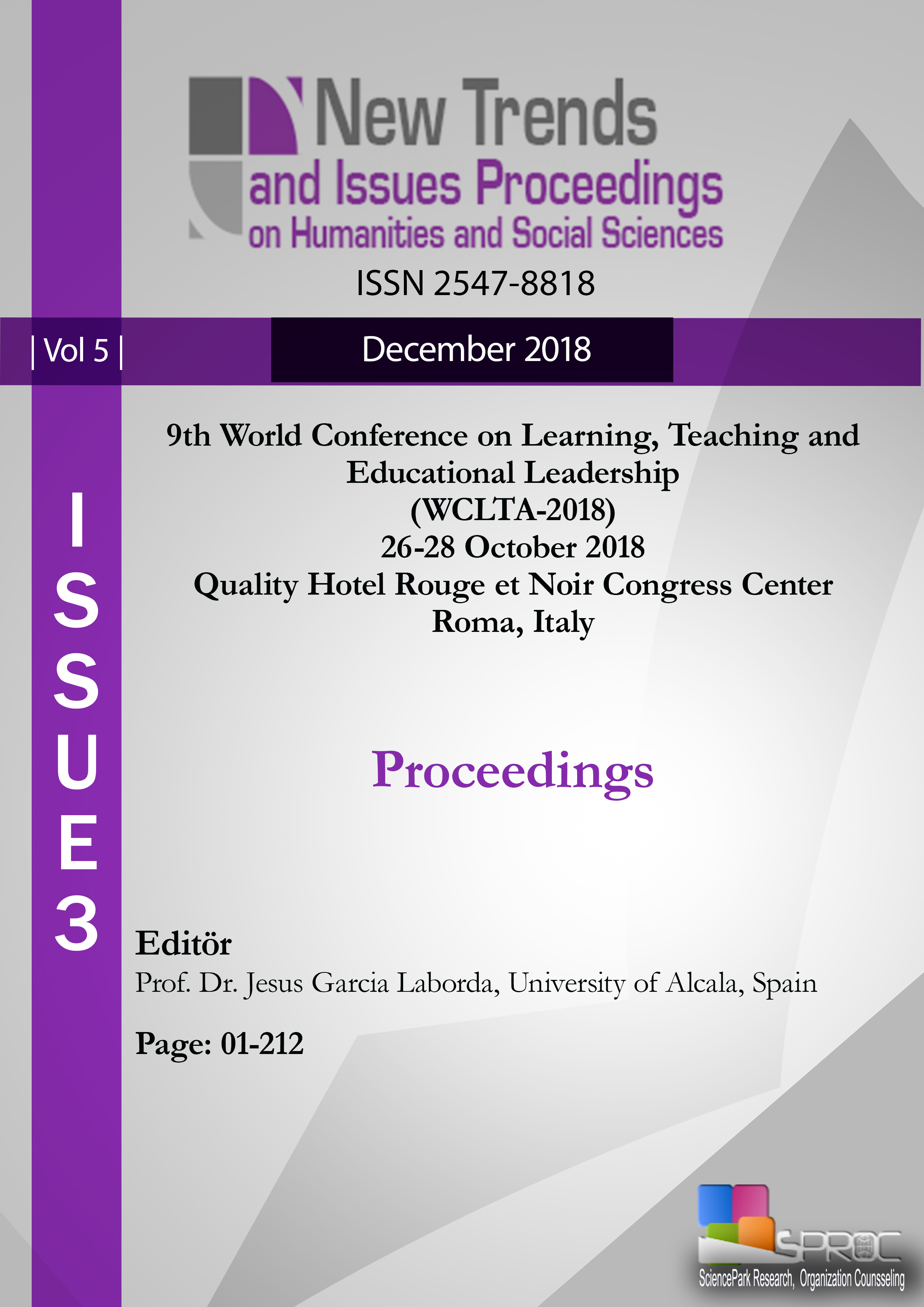Reconciling ADDIE and Agile instructional design models—case study
Main Article Content
Abstract
Using the model of analysis, design, development, implementation and evaluation (ADDIE) with regards to instructional design has become a prevalent practise among e-learning designers and developers. This model assumes assigning specific roles to project team members and their linear cooperation. However, in case of working in a dynamic and complex environment, the ADDIE model may evolve into more adaptive and people-oriented Agile instructional models. This article analyses a hybrid approach to the process of creating the e-learning course introduction to cultural awareness in specific situational context, which involves a small size of a project team and geographically dispersed project contributors. The case study reveals that a successful accomplishment of multinational projects, conducted in specific environments may require a hybrid approach; moreover, in such atypical projects good communication skills and personal qualities are crucial for goals’ achievement. The results of qualitative analysis may open further discussions on this topic.
Keywords: ADDIE model, Agile model, e-learning course, instructional design.
Downloads
Article Details

This work is licensed under a Creative Commons Attribution 4.0 International License.
Authors who publish with this journal agree to the following terms:- Authors retain copyright and grant the journal right of first publication with the work simultaneously licensed under a Creative Commons Attribution License that allows others to share the work with an acknowledgement of the work's authorship and initial publication in this journal.
- Authors are able to enter into separate, additional contractual arrangements for the non-exclusive distribution of the journal's published version of the work (e.g., post it to an institutional repository or publish it in a book), with an acknowledgement of its initial publication in this journal.
- Authors are permitted and encouraged to post their work online (e.g., in institutional repositories or on their website) prior to and during the submission process, as it can lead to productive exchanges, as well as earlier and greater citation of published work (See The Effect of Open Access).
